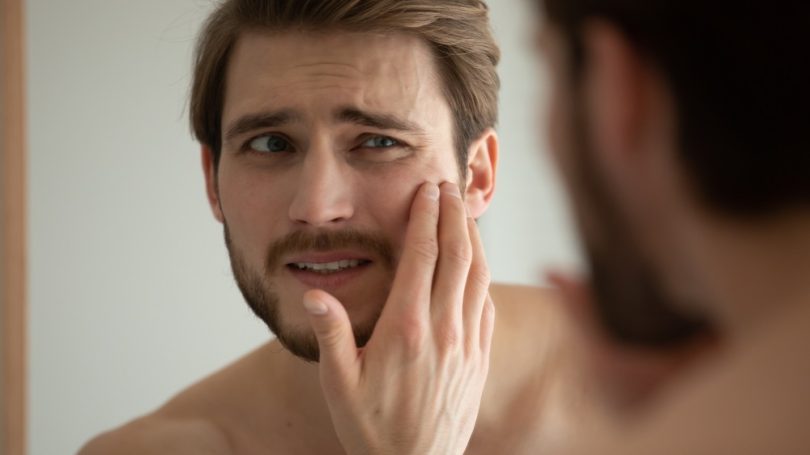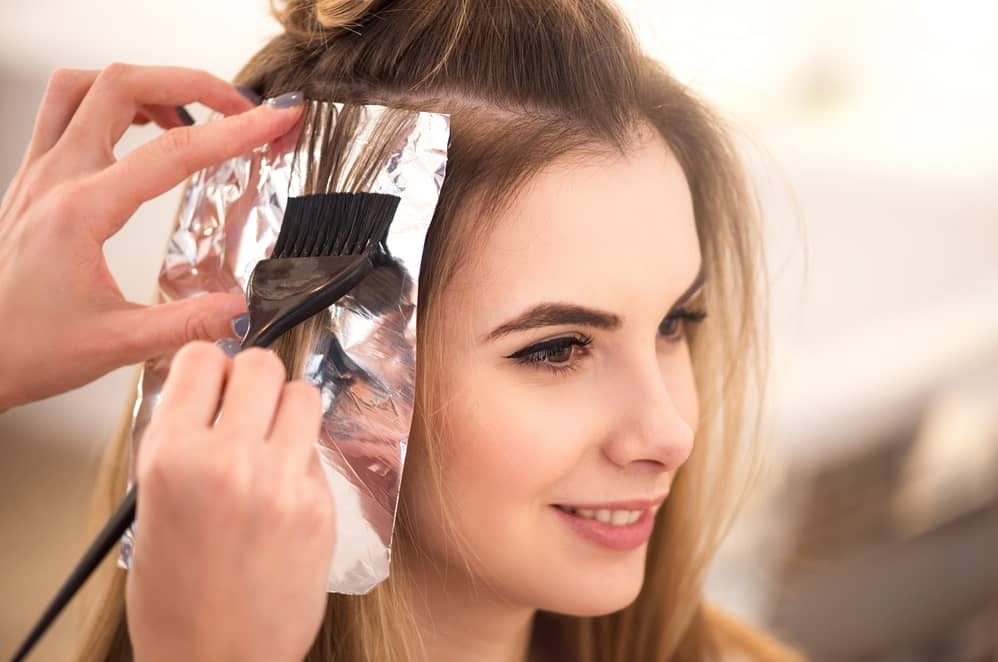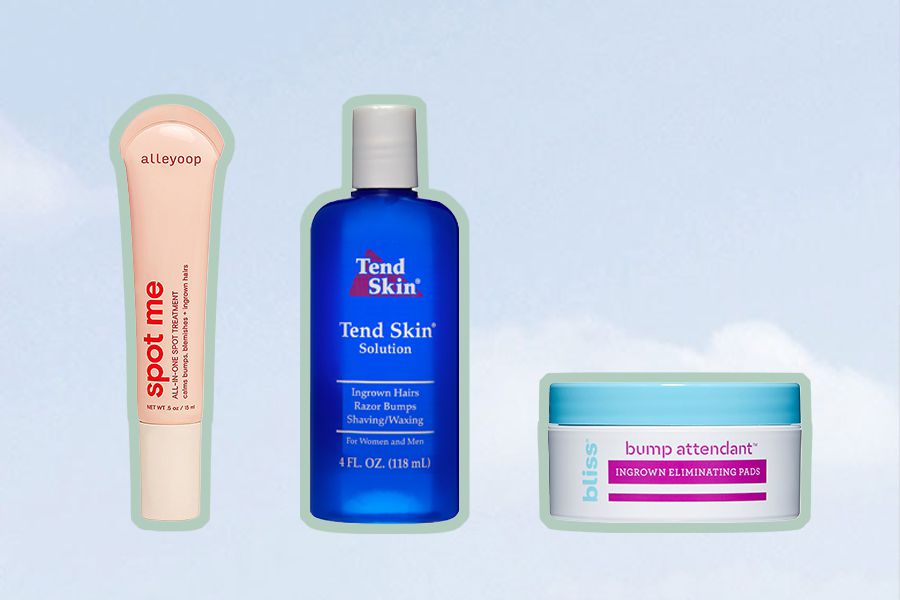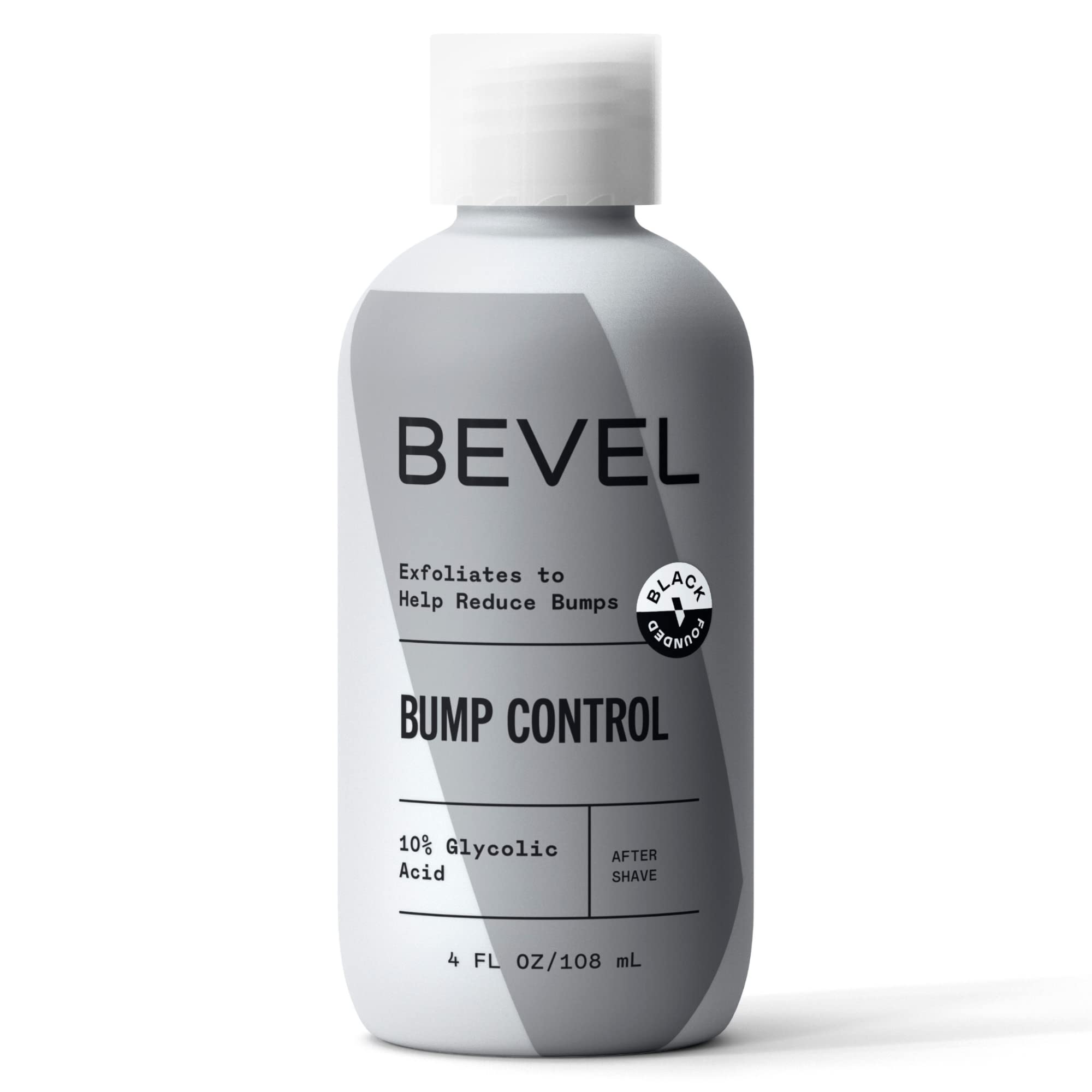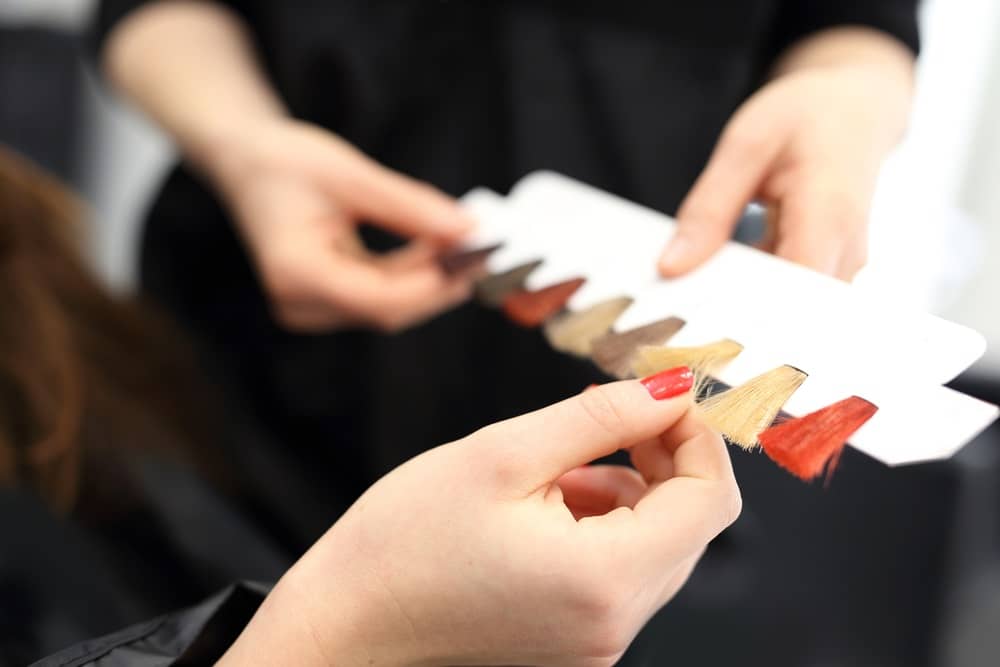If you’ve started noticing white or gray hairs sprouting in your beard, you’re not alone. Many men find their beards turning white, sometimes earlier than they’d expect. This change can be surprising, especially if the hair on your head remains darker. But don’t worry—it’s a natural process with some interesting causes behind it. Let’s dive into why your beard might be turning white and how you can embrace this change.
The Science Behind White Hair
The color of your hair, whether on your head or face, is determined by the pigment-producing cells called melanocytes. These cells produce melanin, the substance responsible for the color of your hair, skin, and eyes. Over time, the activity of melanocytes slows down, and they produce less melanin. This reduction in melanin is what causes hair to turn gray or white.
Age: The Primary Factor
Age is the most common reason for white hair, including in your beard. As you age, it’s natural for melanocytes to become less active, leading to a gradual change in hair color. This process can start as early as your 20s or as late as your 50s, depending on your genetics.
Genetics: It Runs in the Family
Genetics play a significant role in when and how your hair turns white. If your parents or grandparents experienced early graying, there’s a good chance you might too. The specific genes responsible for hair color are inherited, so your beard’s whitening process may follow a similar pattern to your family members.
Stress: A Possible Contributor
You’ve probably heard that stress can turn your hair gray, and there’s some truth to that. While stress alone might not be the direct cause of your beard turning white, it can accelerate the process in those predisposed to it. Stress affects your body in various ways, including the potential for increased oxidative stress, which can damage melanocytes and lead to premature graying.
Nutritional Factors: Are You Getting Enough of What You Need?
A balanced diet is crucial for maintaining healthy hair. Deficiencies in certain vitamins and minerals, particularly vitamin B12, iron, and copper, can contribute to premature graying. Ensuring you get enough of these nutrients through diet or supplements can help maintain your hair’s natural color for longer.
Environmental Factors: Sun and Pollution
Exposure to environmental factors like sun and pollution can also affect your hair. UV rays from the sun can damage hair follicles and reduce melanin production, while pollution can contribute to oxidative stress. Both of these factors can hasten the graying process, including in your beard.
Autoimmune Conditions: An Underlying Cause
In some cases, white or gray patches in your beard could be linked to an autoimmune condition like vitiligo or alopecia areata. These conditions cause the immune system to attack the pigment cells in your hair, leading to loss of color. If you notice sudden or unusual patterns of white hair, it might be worth consulting a dermatologist.
Embracing the Change: Why White Beards Are Awesome
While the first few white hairs in your beard might come as a shock, there are plenty of reasons to embrace the change. A white or gray beard can be a distinguished, stylish look that exudes wisdom and experience. Many men find that a white beard adds character and can even be a source of pride.
Plus, there’s a growing trend of men embracing their natural hair color, whether on their heads or in their beards. Celebrities and influencers proudly sporting white or gray beards are helping to shift perceptions, making it a stylish and respected choice.
Grooming Tips for a White Beard
If your beard is turning white, it’s important to adjust your grooming routine to keep it looking its best. Here are a few tips:
- Moisturize Regularly: White hair can be drier and more brittle, so using a good beard oil or balm can help keep it soft and manageable.
- Shampoo and Condition: Use a gentle beard shampoo and conditioner to keep your beard clean and hydrated. Consider using products designed for gray or white hair to reduce yellowing and enhance shine.
- Trim and Shape: Regular trimming and shaping will help your beard look neat and well-maintained, emphasizing its distinguished appearance.
- Diet and Lifestyle: Maintain a balanced diet rich in vitamins and minerals to support healthy hair growth and prevent further premature graying.
Conclusion
A white beard is a natural part of aging, influenced by genetics, lifestyle, and environmental factors. While it may take some getting used to, it’s a change that many men have come to embrace and even celebrate. With the right care and attitude, your white beard can become a defining feature that reflects your unique journey and style.

